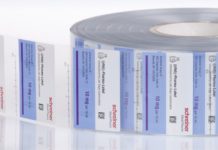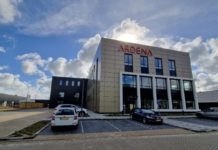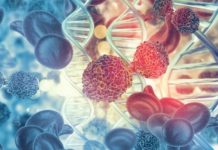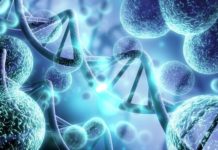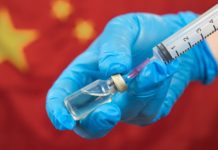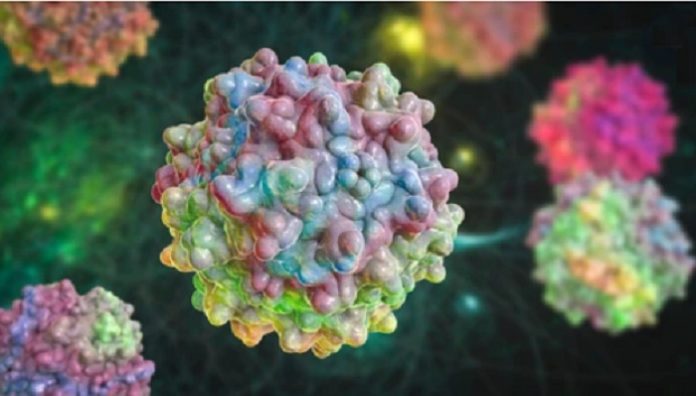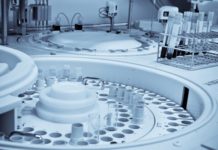There are many variables to consider for adeno-associated virus (AAV) upstream bioprocess development. These may include cell line selection and development, plasmid construction, growth mode (suspension versus adherent), transfection type and conditions, production phase, media type, and harvest methods. In addition, constraints such as scalability between benchtop and manufacturing-scale bioreactors should also be considered. Within each step there are many ways to optimize and fine-tune your process. In this blog we will dive a little deeper into some of these areas to explore what AAV upstream bioprocess development may look like from a research and development point of view.
Our starting point is the AAV genetic code. Early considerations in process development start at the nucleotide level because DNA constructs dictate gene expression and everything from cell growth to subsequent AAV production. It’s important to understand the functionality between the therapeutic gene of interest (transgene), replication (rep) genes, and capsid (cap) genes, as well as helper DNA from the adenovirus, to eventually facilitate AAV replication. For example, understanding the functionality of promoters on each gene can make a huge impact on final gene expression and may be specific to certain tissue, thus impacting tissue-specific viral vector production. Along with plasmid and DNA constructs, it is also important to use a cell line that is suited for transfection and production of AAV. Different cell lines have different capabilities of gene expression, so it is essential that you have the right cell line and cell type for your viral vector production needs.
Other considerations for AAV upstream production and optimization relate to the process. This includes parameters such as growth mode, transfection type, and the various harvest methods available. The two major growth modes for mammalian cell culture manufacturing are suspension or adherent. Suspension cell growth allows for easier process manipulations and scale-up techniques because the pharma industry is now very familiar with monoclonal antibody (mAb) production and recombinant therapeutic protein production. On the other hand, adherent cell growth has typically been used for the production of viruses and is generally the gold standard or starting point for understanding viral vector production in mammalian cells. Despite the convention of adherent cell culture, suspension culture for AAV is taking off as the next best thing for gene therapy manufacturing. With that, little is still known about the molecular profiles of adherent versus suspension cell cultures, and work is underway in many labs to better understand the mammalian cell adaptation to different growth conditions and how that eventually impacts virus quality and yields.
Transfection for AAV Gene Therapies
Looking at transfection for AAV gene therapies, transient transfection (triple-plasmid) is generally accepted and is currently the most common type of transfection for AAV production. Transient transfection involves the introduction of plasmid DNA containing the necessary genes for viral formation and replication, along with a transfection reagent such as polyethylenimine (PEI) or calcium phosphate to facilitate the transfer of the plasmid DNA into the cell. There is often a lot of optimization around transfection parameters such as ratios to use for the DNA and transfection reagent, duration of complex formation (formation of DNA with reagent), and conditions during transfection (i.e. agitation, medium composition, ratio of transfection volume to bioreactor volume). This of course will also all depend on the growth mode of the bioreactor. For example, in adherent mode, agitation is optimized during transfection to allow for even fluid flow and transfer of the transfection complex to all surface areas of the bioreactor. To move away from plasmid production burdens and PEI or polymer reagent costs and constrictions, work is also being done to explore the full integration of viral DNA constructs into the genome under an inducible promoter. If successful, this would alleviate the need for plasmid DNA and result in having a stable clone for more predictable AAV production.
The AAV Production Phase
Besides transfection, there is also the AAV production phase. AAV production time generally ranges from three to five days, where the viral capsids can either be perfused out of the bioreactor during the production phase or batch harvested at the end of the run. The harvest method will also be dictated by the AAV serotype (variant) used. For example, AAV2 is mostly produced within the cell and is not excreted whereas AAV5 is both intracellular and secreted into the supernatant.
For an internally produced viral vector, cell lysis is the major component to optimize for a successful harvest. Methods for breaking down cell membranes (cell lysis) can range from physical freeze-thaw methods to chemical methods such as usage of detergent. Freeze-thaw can be labor-intensive and is not generally seen to be practical at larger scales unless the cell biomass is detached from the adherent bioreactor or pelleted in a suspension bioreactor. Chemical cell lysis is an easier way to lyse the cells by just removing the spent supernatant and adding a lysis buffer to the bioreactor (if performed in an adherent-mode bioreactor). For suspension cell lysis, a concentrated lysis buffer is added to the stir tank bioreactor and both cells and spent media are collected for downstream processing. Depending on the type of downstream processing (clarification, tangential flow filtration, chromatography, sterile filtration, etc.), the chemicals used in cell lysis methods must be carefully considered so that they do not interfere with any filtration membrane or these clarification steps. For AAV serotypes that are mostly extracellular and excreted out of the cell (i.e. AAV9), cell lysis is not generally necessary and the viral-containing spent medium is the only material needed for downstream processing. Additions such as salt or Benzonase* may also be considered to prevent viral aggregation, or to degrade any remaining DNA in the harvest, prior to clarification and other downstream processing steps.
There are clearly many factors to consider when developing an upstream AAV process and each factor can be explored in great depth to refine and optimize a process. AAV process development is challenging, but the reward is in the discovery of a process that works, a process that has the potential to yield great results!
Author Details:
Michelle Olson
Team Leader, Research and Development
Pall Biotech



